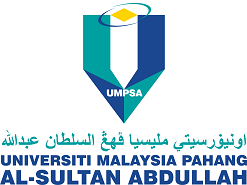Development a new costing structure using time driven activity-based costing for palm oil plantation
DOI:
https://doi.org/10.15282/http://dx.doi.org/10.15282/ijets.http://dx.doi.org/10.15282/ijets.7.1.2020.10027.1.2020.1002Keywords:
Palm oil plantation, time-driven activity-based costing, capacity cost rate, time equation, traditional cost accountingAbstract
Palm oil is one of the world's most traded farming commodities. The Malaysian palm oil industry is without a doubt to the nation's pride. However, there are few problems currently happen in this plantation which are no establishment of time equation to interpret deviation of activities, the rate establishment did not properly illustrate the correlation between supplied resources and practical capacity, and the manager did not have a tool to monitor the unused capacity. The aim of this work is to develop a new costing structure for a better accuracy specifically at nursery. Time-driven activity-based costing (TDABC) was applied because it can effectively measure the time efficiency, accurately identifies the idle capacity and separately lists the used and unused capacity. It also provides more comprehensive understanding of practical resources and its associated costs while measuring processes and encouraging quality improvement. The plantation located at Pahang which has three main divisions and this work was focussing on nursery only. This work found that a precise process mapping for nursery was developed to understand their specific sequence which contributes to time equations. Subsequently, the total used capacity and capacity cost rate (CCR) for pre-nursery was successfully developed with 98220 minutes and 0.168 RM/minute respectively. Eventually, the manager can observe that actually the unused capacity was 37515.31 min which can be used to systematically develop the capacity planning on the pre-nursery.


